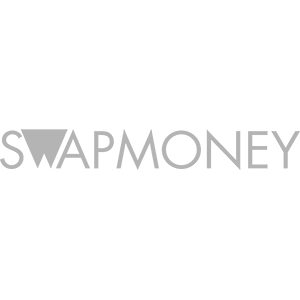Earlier this month, reports of currency manipulation by FX traders working for major banks sparked debate on spot foreign-exchange trading, in one of the least regulated financial markets. Not dissimilar to the Libor rate fixing scandal, the outcome of such manipulation spills into society, depreciating the value of pension funds and savings accounts. Anonymous FX traders confessed to front running customer trade before and after the benchmark is set at the 16.00 UK fixing price. This means that bank traders are using confidential customer information to strike profits. Front running in equities was banned years ago and while the news is cause for major concern, part of the issue is the low levels of rate transparency being provided to customers.
Transparency is a word we often hear in foreign exchange, yet it is a term that is often exploited. “The rate is transparent” is commonly used by FX brokers to lure customers into the sale by suggesting that you’re able to see the rate at which you’re buying currency before you confirm the purchase. Sounds good in theory, but behind the scenes the broker is not disclosing by how much the wholesale or interbank rate is marked up. If this was common practice, it would provide you with the true cost of the currency being purchased, letting customers know if they’re really paying a fair price or not.
And it’s not just FX brokers playing “the rate is transparent” card…
“Zero commission”, is the mating cry of airport currency companies to blind side consumers into thinking they’re getting a great deal. Just like broker behaviours, the rate provided at face-value is not the wholesale rate at which the currency was originally purchased by the seller. If airport currency companies really wanted to be transparent, they would disclose the wholesale rate and reveal their mark up, otherwise consumers have no way of knowing if they have paid a “fair” rate.
Even those that do show their mark-up, such as payment firms who often use a 2% fixed mark-up, conceal the rate at which the FX is being calculated. For example, the consumer knows they are paying 2% of the value of their transaction as an FX charge i.e. 20p for a £10 transaction. However, these companies do not disclose whether it’s the mid-market rate, rate for the day, real-time wholesale rate or the London 16.00 Reuters fixing rate that is marked up by 2%, meaning the price could be significantly different.
While the term transparency might need re-defining in FX, there is a wealth of companies operating in the money services market that stick to its true meaning. Companies such as Kantox, Transferwise and Currency Cloud are providing upfront information throughout the whole lifecycle of a transaction, not simply the rate you see on the surface and calling it “transparent”. At Currency Cloud, our customers are provided with the reference rate all transactions are based on (we use wholesale real-time), the guaranteed rate at the point of transaction and the mark up we make on that transaction. We make a point of storing all transaction information to ensure the customer really knows how much currency is being purchased, including the information they need to understand if they are paying a fair mark-up.
As the definition of transparency has become increasingly blurred, misdemeanours in sectors of the FX market have in turn, slipped through the regulatory cracks. However, as allegations begin to unfold, we can only hope to expect to see more stringent regulation applied in the future. For now, at least we have the challenger brands who are limiting the misuse of transparency and returning it back to its original definition.




